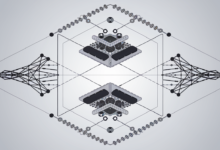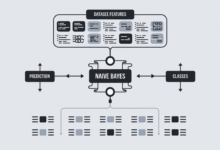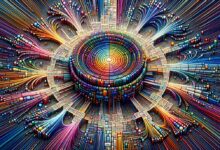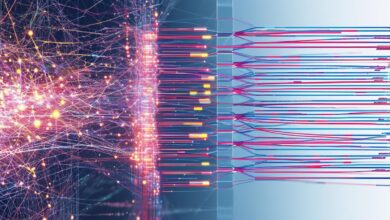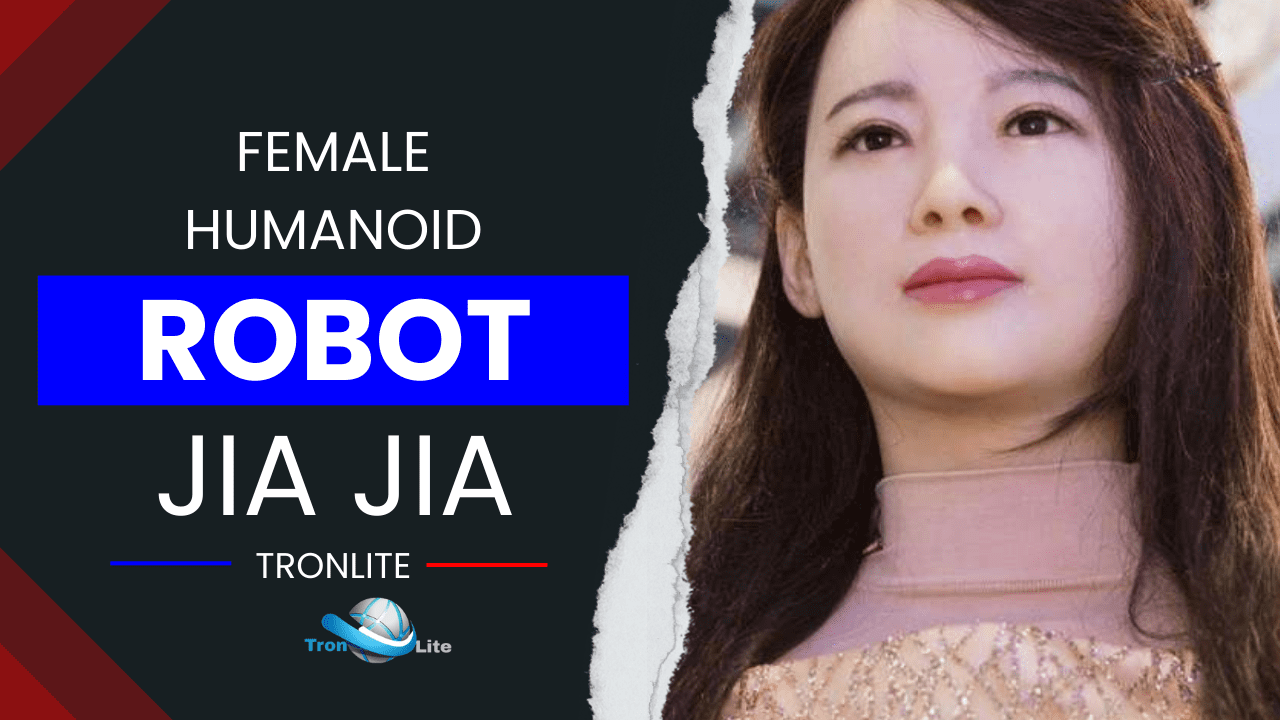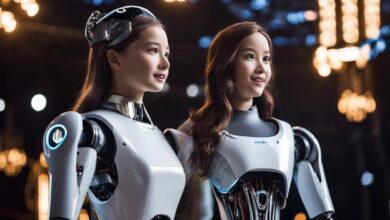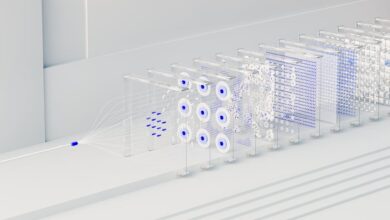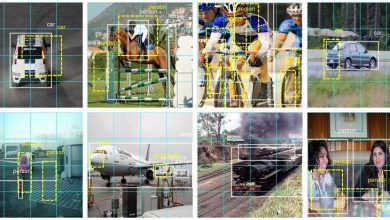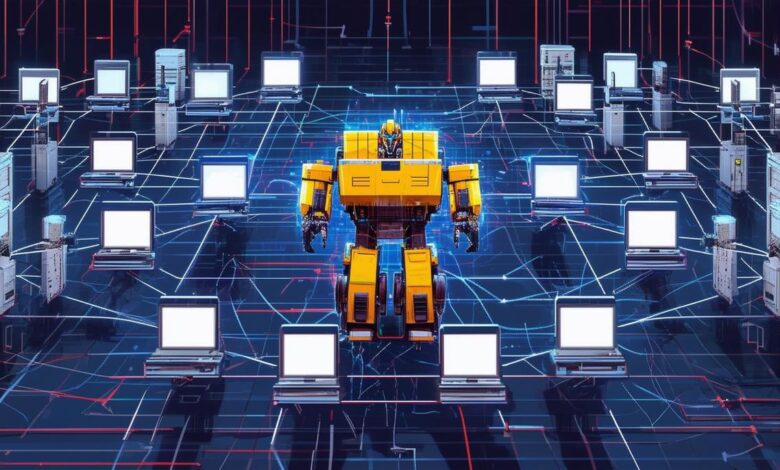
Transformer Models in NLP
Transformer models like GPT-2 and BERT have significantly impacted natural language processing. These models focus on different aspects of text processing, with GPT-2 excelling in creative text generation and BERT specializing in understanding text intricacies.
GPT-2, part of Hugging Face's library, is designed to predict the next word in a sequence, making it adept at generating coherent text. It also shows potential for text classification by effectively categorizing snippets based on sequence endings.
BERT, on the other hand, is built to grasp context by reading sentences bidirectionally. This makes it proficient at:
- Sorting text into categories
- Recognizing sentiment
- Evaluating full context before drawing conclusions
While GPT-2 generates text with unique style, BERT excels in comprehension. Their impact on NLP is significant, with each model continuing to develop its specialty and leading advancements in machine text understanding and communication.
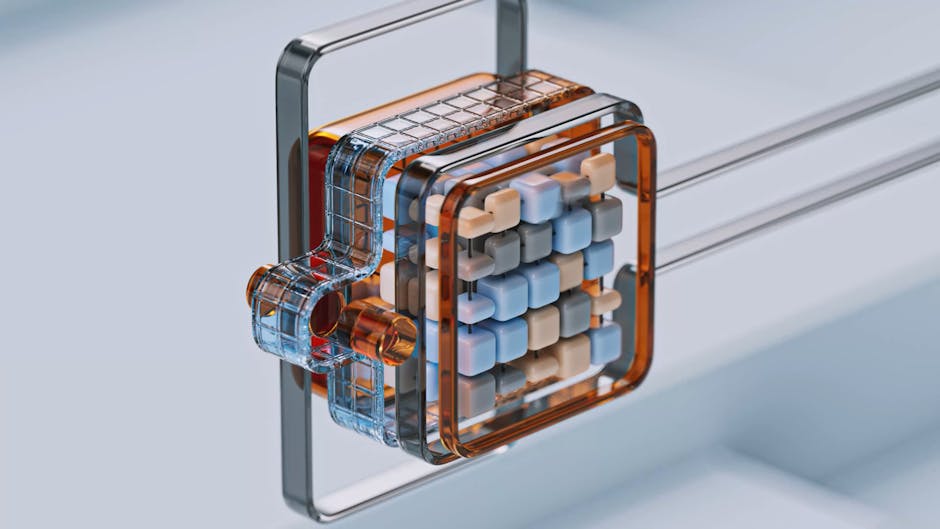
Challenges in Deep Learning Training
Deep learning presents significant computational challenges, primarily due to the vast amount of data involved in training models. These issues require careful management and substantial processing power.
GPUs are essential for deep learning training due to their parallel processing abilities. However, a current GPU shortage, exacerbated by demand from other industries, is causing difficulties in research circles.
The structure of deep learning models, often incredibly intricate, requires even more computational resources as layers increase and models become more sophisticated. This intricacy means training involves careful coordination of data and processes to ensure efficient and accurate learning.
Data processing itself presents challenges, particularly in ensuring efficient batch processing. While this method reduces processor load, it requires architectures to smoothly transition between batches to maintain performance.
Despite these obstacles, the AI community often develops creative solutions, such as distributed and cloud-based resources, offering hope for overcoming these computational limitations.
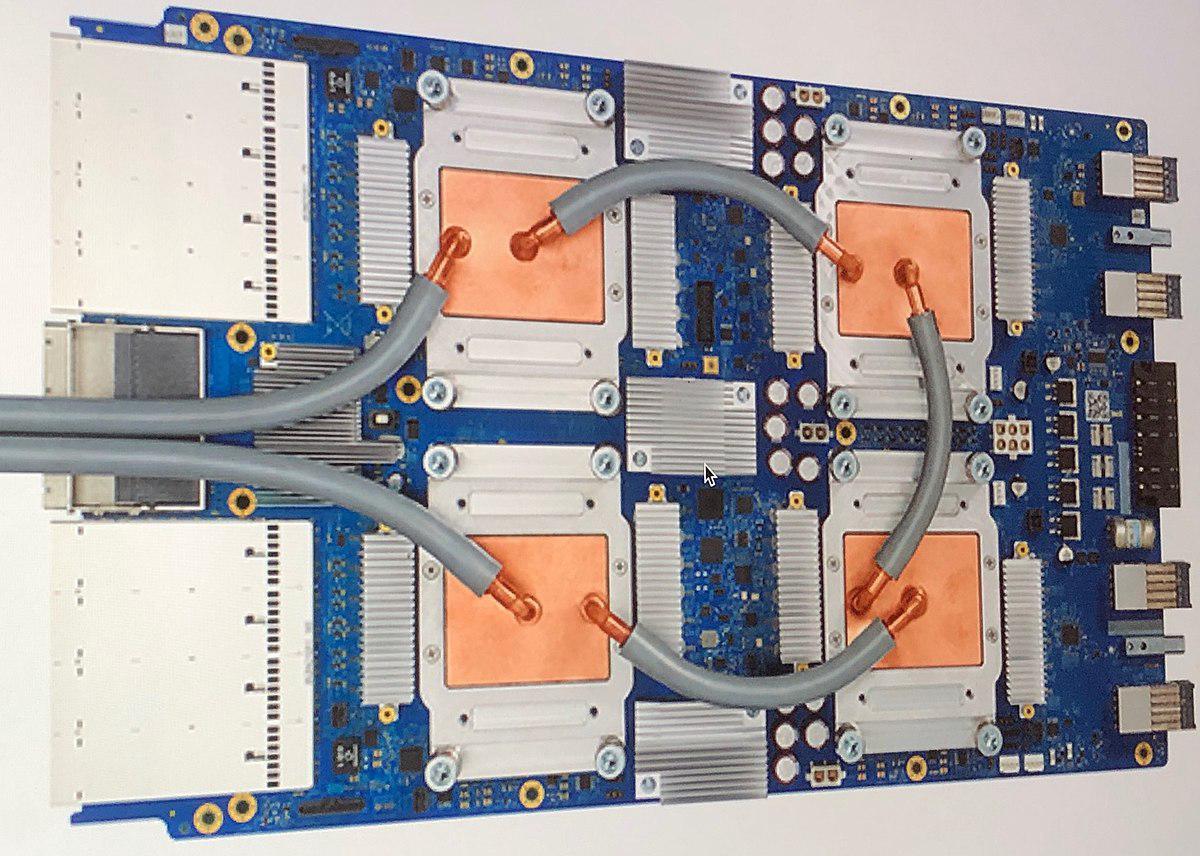
Decentralized Compute Solutions
Decentralized compute solutions are changing how computational resources are accessed, offering an innovative response to the growing demands of deep learning. Platforms like Akash, Bittensor, and Gensyn signal a shift where computational resources become more accessible and democratized.
Akash, built on the Cosmos blockchain, has transformed cloud computing by creating an open marketplace for underutilized computing resources.
This platform allows AI developers and researchers to access essential resources without the long waits and high costs typical of traditional cloud providers.
Bittensor takes an innovative approach using "Proof of Intelligence," enabling developers to join a marketplace that values and rewards genuine computational contributions. This decentralized network moves away from conventional AI commodification methods, optimizing digital commodity creation.
Gensyn focuses on a trustless environment for machine learning tasks, introducing innovative methods for verifying tasks without redundant computations. By automating task distribution and payment through smart contracts, Gensyn reduces the need for central oversight.
Together, these platforms are creating an ecosystem where computational resource access is no longer restricted, fostering a more inclusive future for AI development.
Verification in Decentralized ML
Verifying machine learning work in decentralized platforms is a challenge that requires attention. Gensyn leads in this area, offering innovative solutions for verifying complex ML tasks in a trustless environment.
Gensyn's approach includes:
- Probabilistic proof-of-learning
- Graph-based pinpoint protocol
- Truebit-style incentive game
Probabilistic proof-of-learning uses metadata from gradient-based optimization processes to generate work certificates. This method is scalable and avoids the resource-intensive overhead usually associated with verifying ML outputs through traditional replication.
The platform also employs a graph-based pinpoint protocol to ensure consistency in executing and comparing verification work. To encourage honesty and accuracy, Gensyn uses a Truebit-style incentive game with staking and slashing mechanics.
By combining these varied verification techniques, Gensyn establishes itself as a leader in decentralized ML systems. These efforts not only preserve but actively promote innovation potential within decentralized machine learning, advancing the field in new directions.
Future of AI and Decentralized Compute
The integration of AI with decentralized compute offers numerous opportunities and transformative potential. This convergence promises to change how society uses computational resources, making AI advancements more attainable for a wider audience.
Improved accessibility through decentralized compute platforms ensures that computational power isn't restricted to large tech companies. By pooling and utilizing otherwise idle compute power, these platforms create a foundation for a more inclusive AI ecosystem.
The cost-effectiveness of decentralized solutions is another compelling aspect. This affordability encourages experimentation and supports a wider range of applications and developments that can succeed with modest budgets.
As AI progresses, the potential for innovation grows significantly within these frameworks. This community-driven approach could lead to new algorithms or applications that leverage the diversity and innovative power of a worldwide network.
However, combining blockchain and AI technologies presents challenges, particularly in:
- Securely and efficiently distributing computational tasks
- Balancing decentralization's openness with necessary regulation
Despite these obstacles, the combination of AI and decentralized compute offers promising possibilities. As this ecosystem matures, it promises to reshape not only technology but also societal structures, fostering a more resilient, adaptable world.
Get engaging content effortlessly with Writio, your go-to AI content writer. This article was crafted by Writio.
- Bannon D, Moen E, Schwartz M, et al. Dynamic allocation of computational resources for deep learning-enabled cellular image analysis with Kubernetes. Preprint at bioRxiv. 2019.
